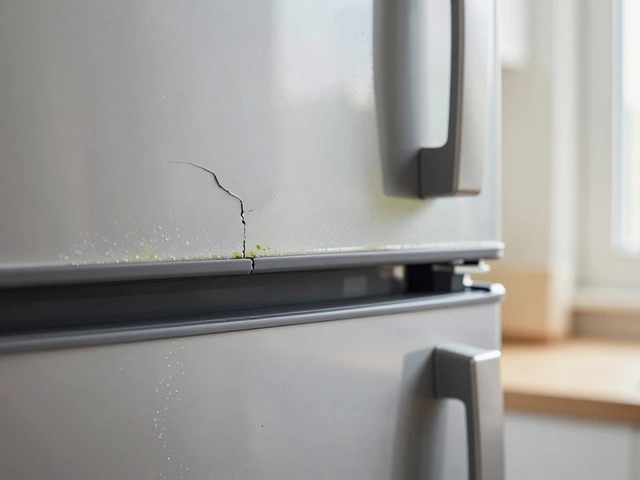Laptop Repair Decision: How to Choose Fix, Replace, or DIY
When faced with a broken notebook, a clear laptop repair decision, the process of deciding whether to repair, replace, or attempt a DIY fix for a laptop. Also called laptop fix choice, it hinges on cost, warranty status, and how you use the device. The same choice applies whether you own a gaming rig, a work laptop, or a basic school notebook.
One of the biggest players in this decision is the laptop, a portable computer that combines a screen, keyboard, and internal components in a single case. Knowing the model, age, and specs helps you estimate part availability and repair difficulty. Next, consider the warranty, the manufacturer's promise to fix or replace a device within a set period, which can dramatically lower out‑of‑pocket costs if it still applies. If the warranty is still active, the decision often leans toward a professional service because the provider will honor repairs at no charge or a nominal fee.
Factors that shape the right path
Beyond the hardware and warranty, three more entities influence your choice. The repair cost, the total price of parts plus labor for fixing a laptop sets a ceiling: if the estimate approaches or exceeds the laptop’s market value, replacement becomes more sensible. The DIY repair, the act of troubleshooting and fixing the laptop yourself using guides and spare parts can save money but requires tools, confidence, and time. Finally, the professional service, a certified technician or authorized service center that handles laptop repairs offers expertise, warranty protection for the repair, and often quicker results.
Putting these pieces together creates clear semantic connections: laptop repair decision encompasses cost analysis, it requires understanding warranty terms, and warranty influences the repair‑or‑replace choice. When the repair cost is lower than buying new and the warranty has expired, DIY repair becomes an attractive option. When the device is still under warranty or the problem involves complex components like the motherboard, a professional service is the safer route. Below you’ll find articles that dive deeper into each of these angles – from budgeting for parts, checking warranty clauses, to step‑by‑step DIY guides – giving you the knowledge to make a confident, money‑savvy decision.
Find out when laptop repair makes sense, typical costs, DIY vs professional options, and a checklist to decide if fixing your laptop is worth it.


